

— Blogs —
—Products—
 Consumer hotline +8618073152920
Consumer hotline +8618073152920 WhatsApp:+8615367865107
Address:Room 102, District D, Houhu Industrial Park, Yuelu District, Changsha City, Hunan Province, China
Product knowledge
Time:2025-11-08 11:25:36 Popularity:258
With the development of Internet of Things (IoT) technology, more industries are utilizing this innovation to improve efficiency and sustainability. In particular, the introduction of smart weather monitoring systems in agriculture and solar projects provides businesses with unprecedented management capabilities. By collecting and analyzing weather data in real-time, farm owners and energy managers can make more precise decisions, increase crop yields, reduce energy waste, and optimize operating costs.
This article will explore how to leverage smart IoT weather stations to connect your farm or solar project with real-time data, enhancing management capabilities. We will also share case studies showcasing the application of smart weather stations in different sectors and provide guidance on setting up and selecting the best system.
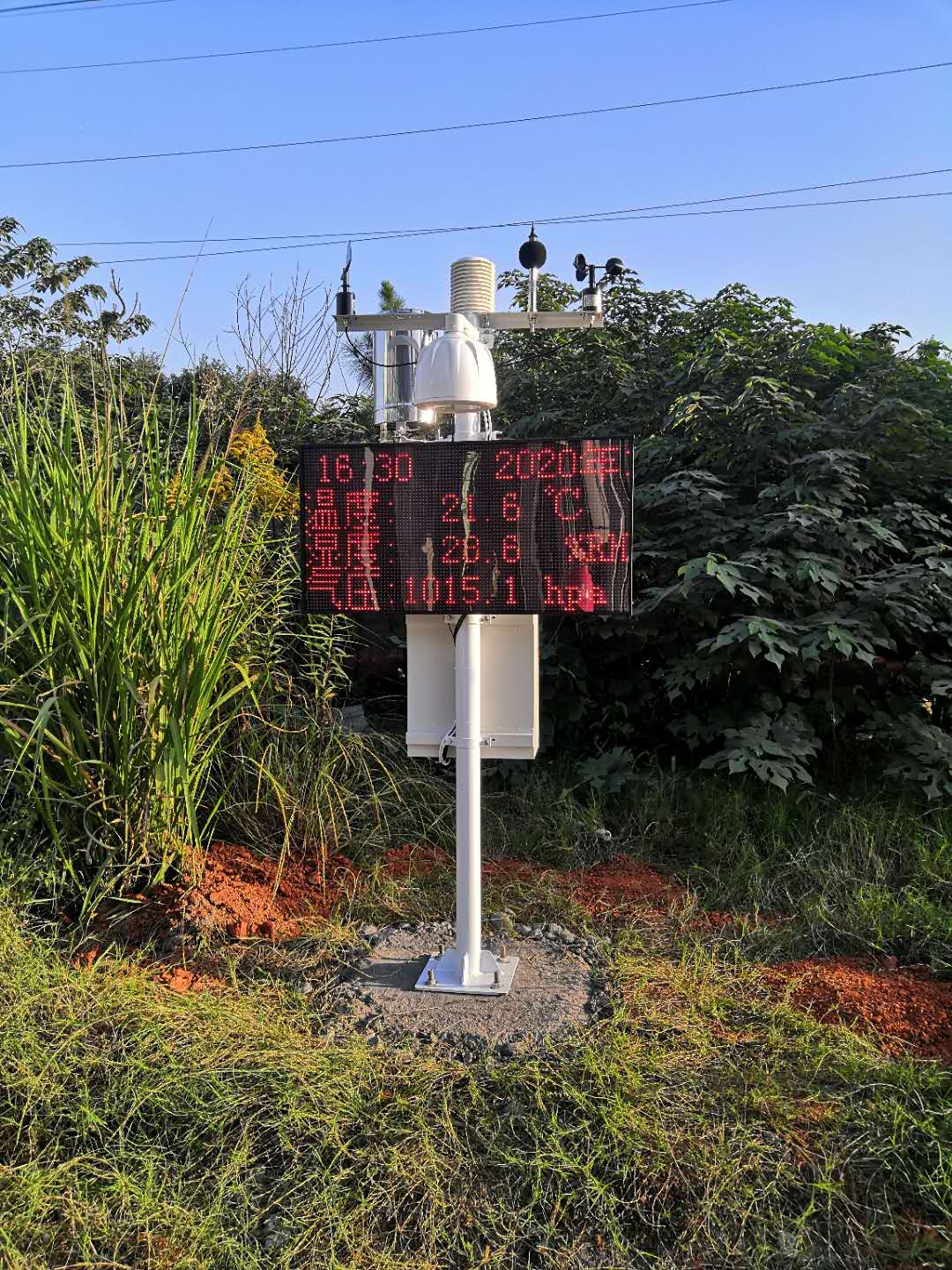
A smart IoT weather station is a system consisting of various sensors, devices, and communication modules that can monitor a wide range of weather parameters in real time, such as temperature, humidity, wind speed, air pressure, and precipitation. These data are transmitted via wireless networks to cloud servers or local storage, allowing users to access and analyze the data anytime using mobile devices or computers.
This real-time monitoring not only helps farm owners and energy managers stay updated on current weather conditions but also allows them to forecast future weather trends based on the collected data, making more informed decisions. Below are the main components of a smart weather station:
1. Sensors: Monitor environmental factors such as temperature, humidity, light intensity, wind speed, precipitation, etc.
2. Wireless Communication Modules: Transmit data from the sensors to the cloud platform or local data storage.
3. Cloud Platform/Data Analysis Tools: Process and analyze weather data, generate reports, and provide actionable insights.
4. User Interface: Access real-time data and analysis results via mobile devices, computers, etc.
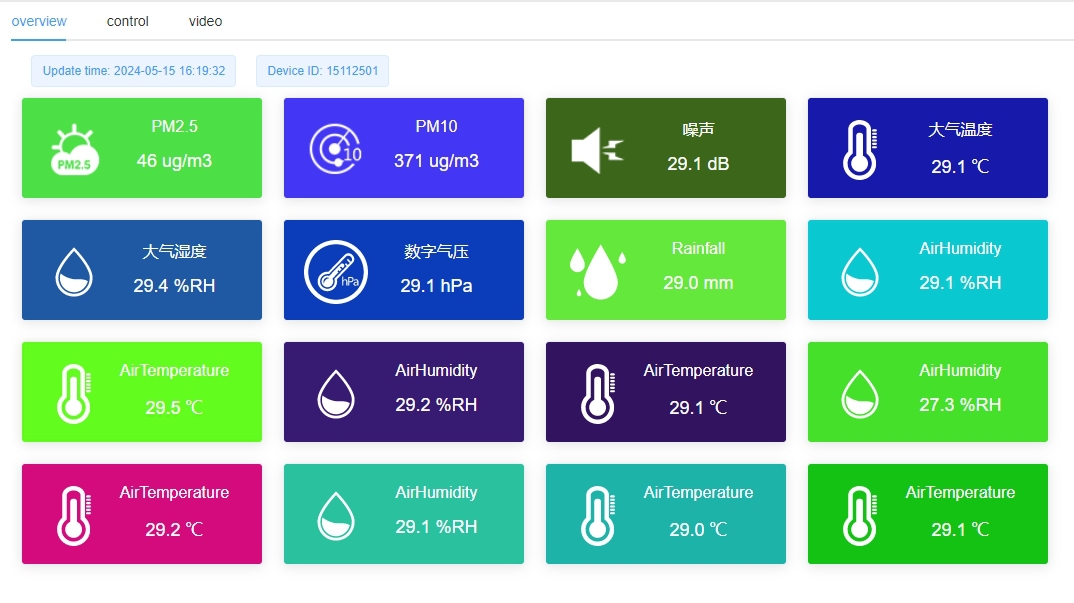
Agriculture is one of the industries most affected by weather factors. Real-time monitoring of temperature, humidity, precipitation, wind speed, and other weather parameters helps farm owners precisely adjust irrigation, fertilization, and cultivation strategies, improving the growing environment and optimizing crop yields and quality.
For example, in irrigation, real-time monitoring of soil moisture and precipitation allows farm owners to avoid overwatering, reduce water wastage, and ensure that crops receive adequate water, minimizing the impact of drought.
Real-time monitoring of weather data also helps farm owners predict extreme weather events such as heavy rain, hail, or drought. By receiving these early warnings, farm owners can take preventive measures to minimize damage to crops. For example, monitoring changes in wind speed and precipitation can help farm owners decide whether to reinforce greenhouses or take other disaster-prevention measures.
The use of smart weather stations makes precision agriculture possible. Precision agriculture relies not only on soil quality and weather data but also on other parameters such as crop growth stages and climate change trends. By integrating data from weather stations, farm owners can better assess land productivity and develop personalized management plans for each plot, improving overall agricultural production efficiency.
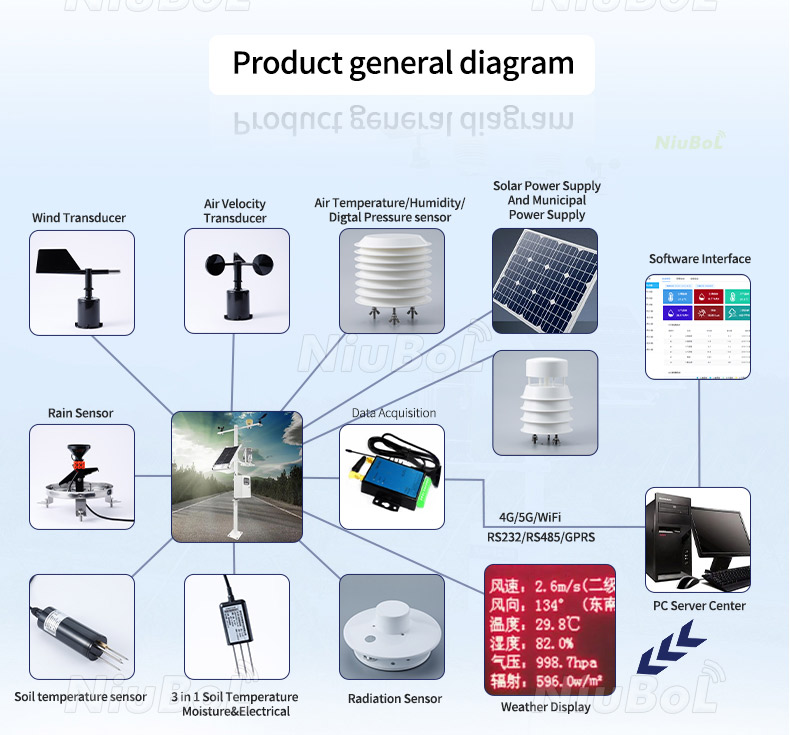
The energy production efficiency of solar projects is greatly influenced by weather conditions. Factors such as sunlight intensity, cloud cover, and temperature directly affect the efficiency of solar panels. By installing smart weather stations, solar project managers can monitor these weather parameters in real time and make adjustments accordingly.
For example, if a weather station indicates thick cloud cover for the day, managers can adjust the angle of the solar panels to maximize solar energy absorption.
Smart weather monitoring systems can also provide weather forecasts for the next few days or weeks through historical data analysis and trend prediction. This forecasting ability is crucial for scheduling maintenance, planning operations, and managing future energy supply. By having accurate weather forecasts, solar projects can better manage resources and energy allocation, minimizing energy loss.
Solar projects are designed to reduce carbon footprints and promote sustainability. With accurate weather monitoring, these projects can operate more efficiently and environmentally friendly. By obtaining and analyzing weather data in real time, solar projects can optimize production processes at the right time, reduce ineffective energy consumption, and further enhance their environmental benefits.
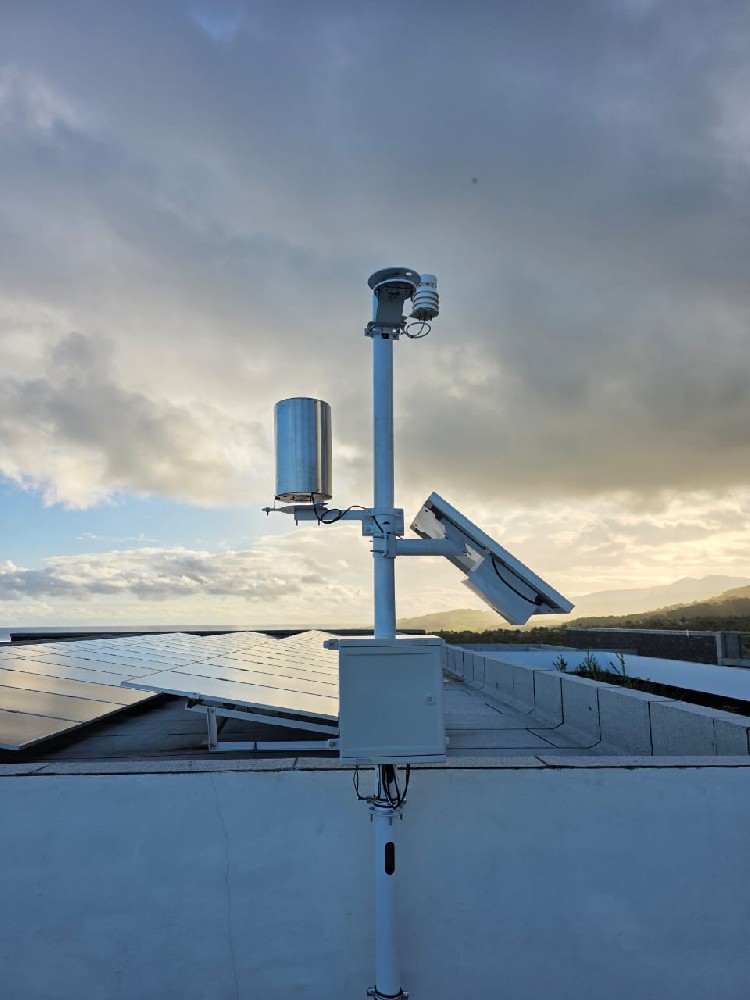
Choosing the right smart weather station is crucial for ensuring the smooth operation of your farm or solar project. Here are some selection guidelines to help you make the best decision:
1. Data Requirements: Determine the weather parameters you need to monitor and select the appropriate sensor configuration.
2. Device Compatibility: Ensure the weather station is compatible with your existing systems and devices, such as smart agriculture management systems or solar monitoring platforms.
3. Transmission Range and Coverage: Choose a weather station with suitable wireless transmission range and signal coverage for the size of your farm or project.
4. Data Analysis Capabilities: Choose a platform that offers powerful data analysis and visualization features to help you make timely and effective decisions.
5. After-Sales Service: Choose a brand that provides high-quality after-sales service and technical support to ensure long-term stability and performance.

An IoT weather station is a weather monitoring system connected via IoT technology that collects and transmits weather data in real time to provide precise environmental monitoring for agricultural and energy projects.
By monitoring weather and environmental parameters in real time, a smart weather station helps farm owners make more precise decisions about irrigation, fertilization, and cultivation, improving crop yields and quality.
When selecting a weather station, consider factors like the weather parameters you need to monitor, system compatibility, data analysis capabilities, and transmission range to ensure it meets your project's needs.
Yes, smart weather stations can monitor weather data in real time and issue early warnings of extreme weather events through analysis and forecasting, helping farm owners and solar project managers take preventive actions.
Smart weather stations monitor sunlight intensity, cloud cover, temperature, and other factors to help solar projects optimize energy production and improve energy efficiency.
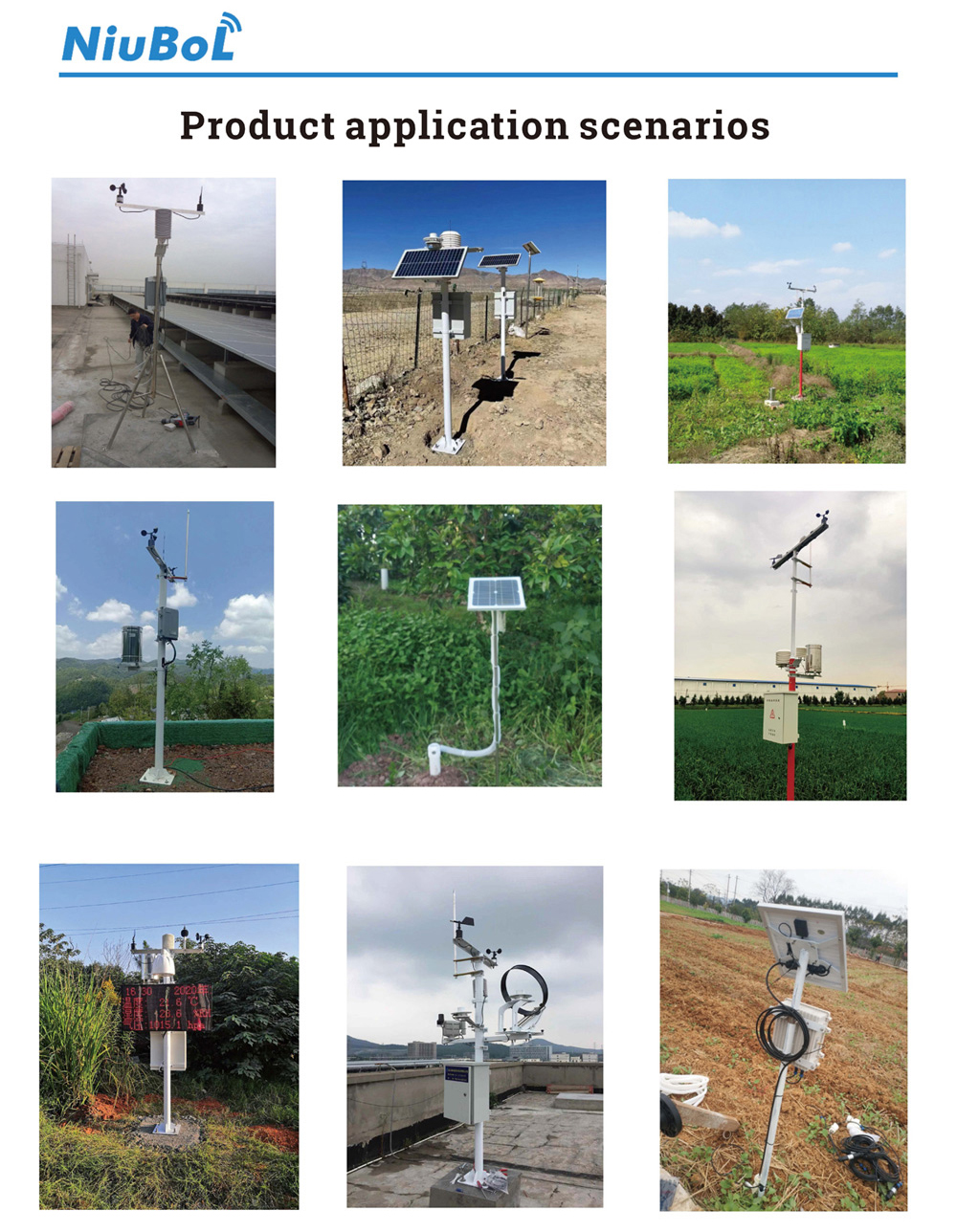
Smart IoT weather stations are transforming the way agricultural and solar projects are managed. By providing real-time weather data, farm owners and energy managers can make more precise decisions, increase crop yields, reduce energy waste, and optimize operational costs. Additionally, smart weather monitoring systems can effectively forecast weather changes, helping projects cope with extreme weather events and improving overall efficiency.
Choosing the right weather monitoring system is key to achieving these goals. By analyzing your needs and project scale, you can select the most suitable equipment and platform to ensure data accuracy and operability.
Through this in-depth introduction, you now understand the working principles of smart weather monitoring systems and their applications in agriculture and solar projects. If you're ready to enhance the management efficiency of your farm or energy project, now is the time to act!
Prev:Best WiFi and Wireless Weather Stations for Remote Monitoring
Next:Best Wireless Soil Moisture Sensors for Precision Irrigation Systems
Related recommendations
Sensors & Weather Stations Catalog
Agriculture Sensors and Weather Stations Catalog-NiuBoL.pdf
Weather Stations Catalog-NiuBoL.pdf
Related products
 Combined air temperature and relative humidity sensor
Combined air temperature and relative humidity sensor Soil Moisture Temperature sensor for irrigation
Soil Moisture Temperature sensor for irrigation Soil pH sensor RS485 soil Testing instrument soil ph meter for agriculture
Soil pH sensor RS485 soil Testing instrument soil ph meter for agriculture Wind Speed sensor Output Modbus/RS485/Analog/0-5V/4-20mA
Wind Speed sensor Output Modbus/RS485/Analog/0-5V/4-20mA Tipping bucket rain gauge for weather monitoring auto rainfall sensor RS485/Outdoor/stainless steel
Tipping bucket rain gauge for weather monitoring auto rainfall sensor RS485/Outdoor/stainless steel Pyranometer Solar Radiation Sensor 4-20mA/RS485
Pyranometer Solar Radiation Sensor 4-20mA/RS485
Screenshot, WhatsApp to identify the QR code
WhatsApp number:+8615367865107
(Click on WhatsApp to copy and add friends)
